Comments
- No comments found
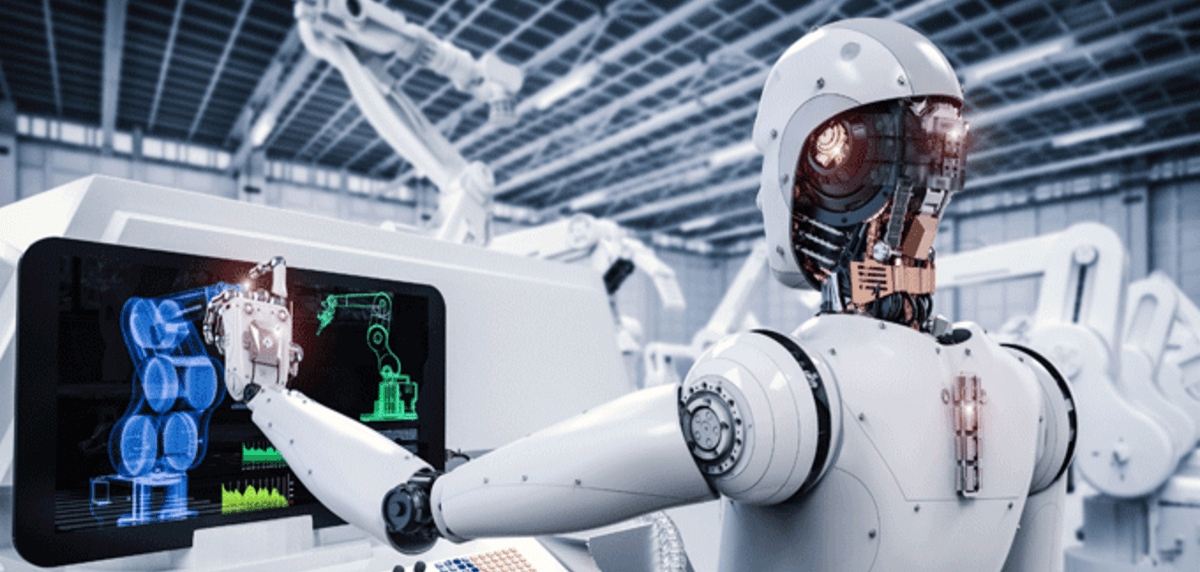
According to McKinsey, artificial intelligence (AI) may deliver an additional economic output of around $13 trillion by 2030, increasing global GDP by about 1.2 % annually.
The more artificial superintelligence solutions replace routine labour, the more productivity and overall income growth will rise and the more sharply inequality will increase. This may lead to a 'paradox of plenty': society would be far richer overall, but for many individuals, communities and regions, technological change would only reinforce inequalities.
The rise of artificial superintelligence will create more growth and inequality.
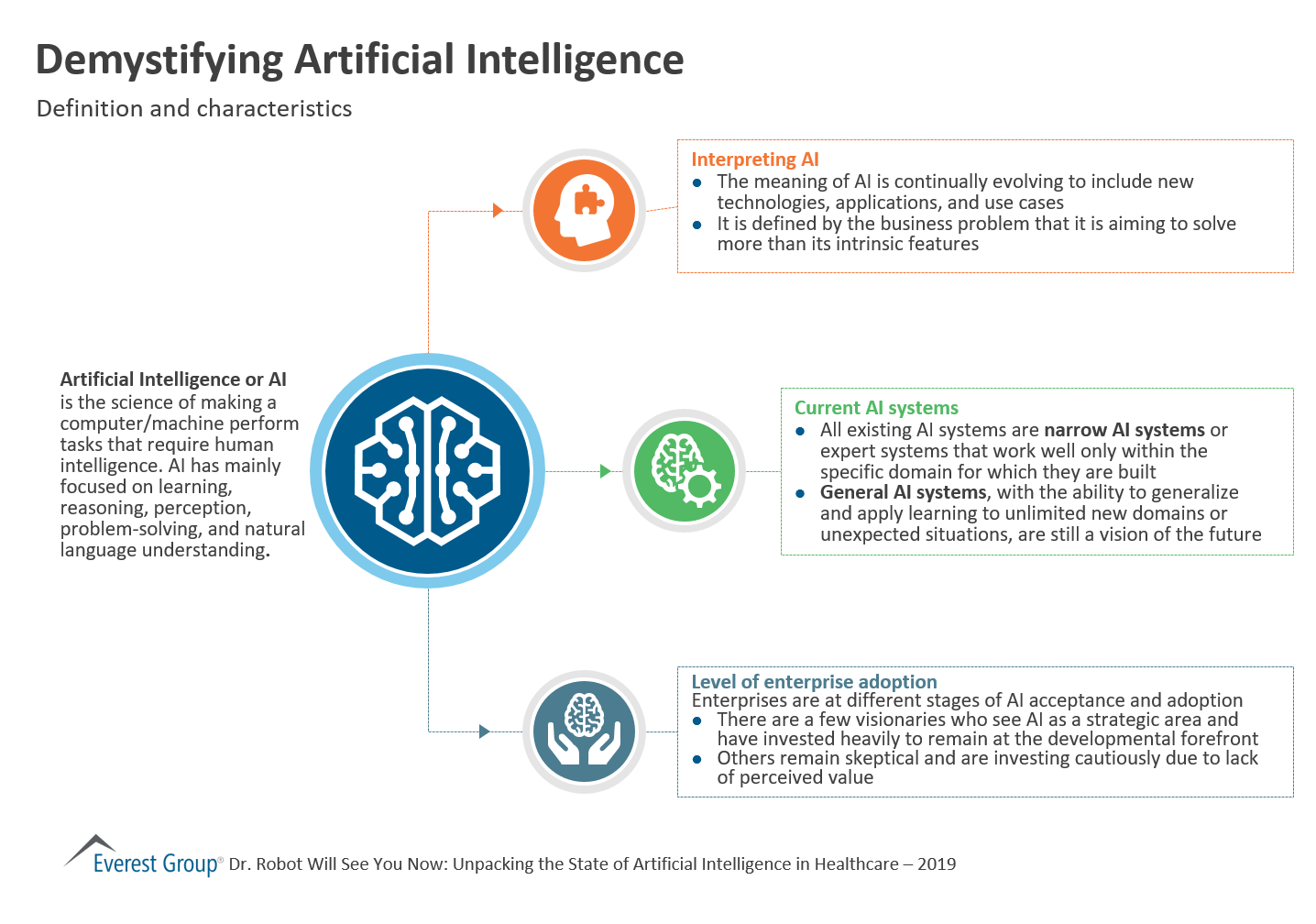
Artificial intelligence applies to computing systems designed to perform tasks usually reserved for human intelligence using logic, if-then rules, and decision trees. AI recognizes patterns from vast amounts of quality data providing insights, predicting outcomes, and making complex decisions.
Artificial intelligence can perform to a certain extent human-like cognitive processes such as learning, understanding, reasoning and interacting. It can take many forms, including technical infrastructure (i.e. algorithms), a part of a (production) process, or an end-user product. AI looks increasingly likely to deeply transform the way in which modern societies live and work.
Smart assistants, such as Siri and Alexa, perform a variety of tasks for users; furthermore, all Tesla cars are connected and things that any one of them learns are shared across the entire fleet. Artificial intelligence also matches prices and cars when one orders a Bolt or Uber ride, and curates what social media offers to a user based on their past behaviour.
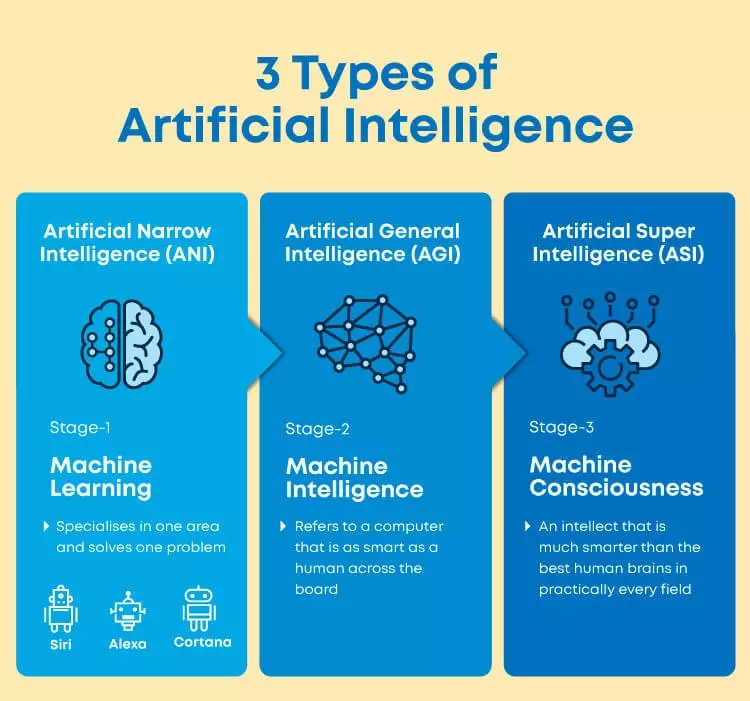
AI technologies are categorised by their capacity to mimic human characteristics, the technology they use to do this, their real-world applications, and the theory of mind, which we’ll discuss in more depth below.
Using these characteristics for reference, all artificial intelligence systems - real and hypothetical - fall into one of three types:
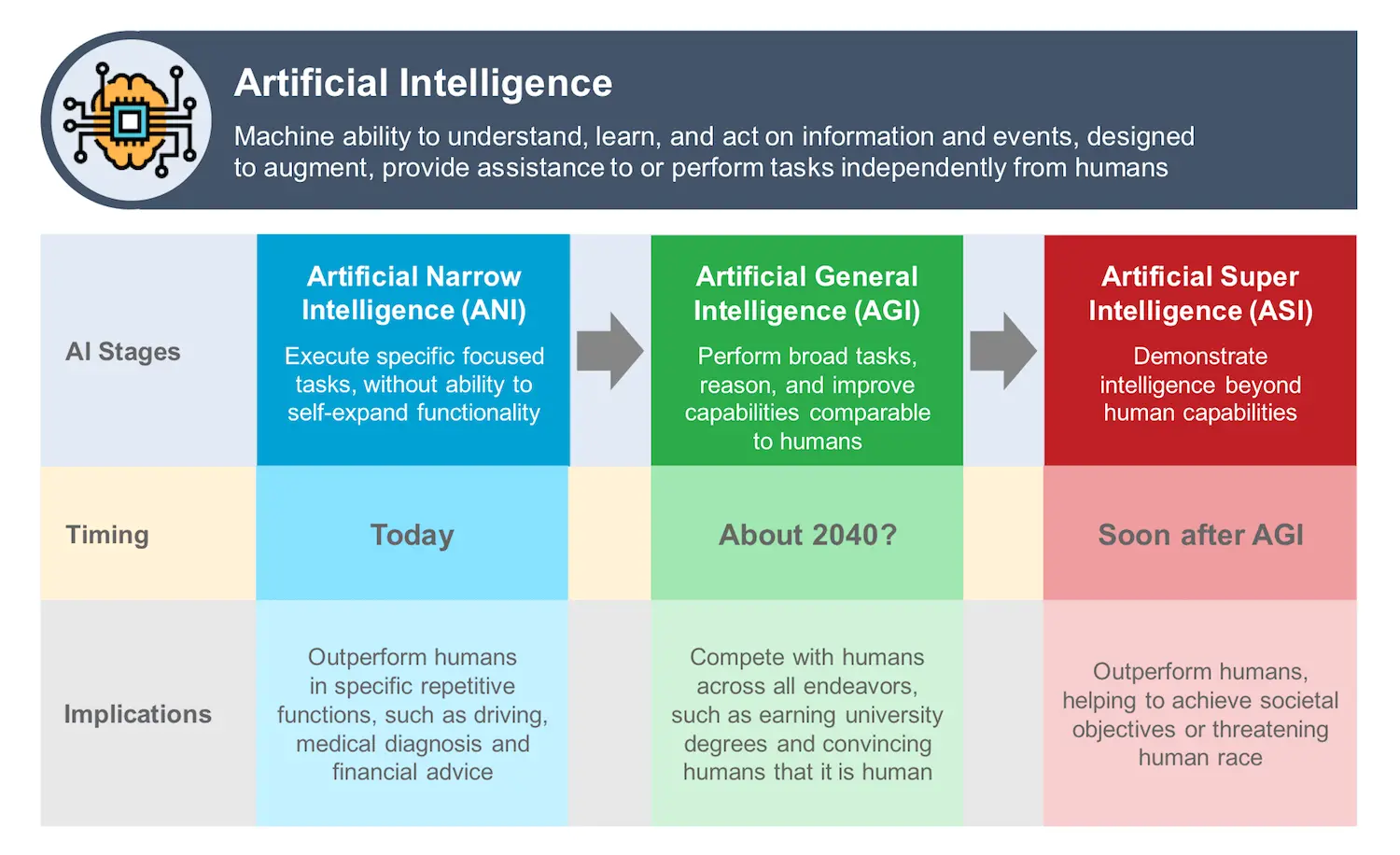
Artificial superintelligence (ASI) is an artificial intelligence with intellectual powers beyond those of humans across an almost comprehensive range of categories and fields of endeavor. A number of scientists and forecasters argue for prioritizing early research into the possible benefits and risks of human and machine cognitive enhancement, because of the potential social impact of such technologies
China, USA, Japan, United Kingdom, and Germany are the leading countries in artificial intelligence research.
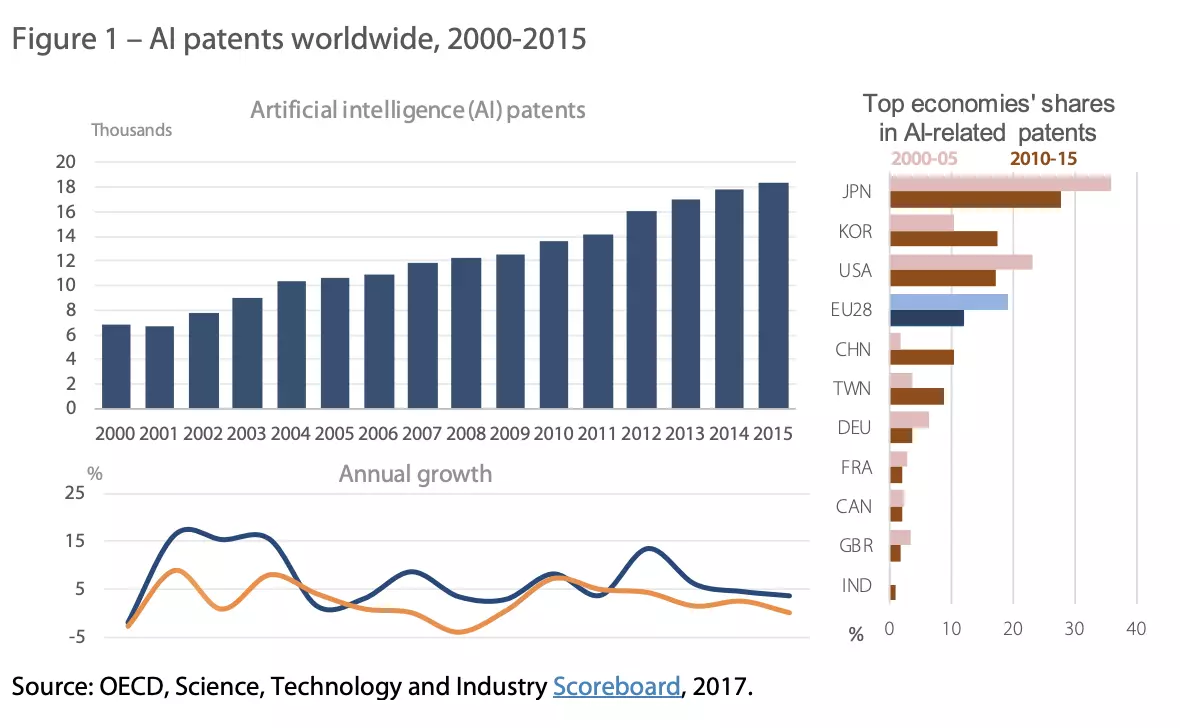
Between, 2000 and 2015, the countries at the forefront of artificial intelligence research were Japan, South Korea and the United States, which together accounted for almost two-thirds of AI-related patent applications. Since 2021, South Korea, China and Chinese Taipei have recorded a remarkable increase in the number of AI patents compared to their past results.
Artificial intelligence is seen by many as an engine of productivity and economic growth. It can increase the efficiency with which things are done and vastly improve the decision-making process by analysing large amounts of data. It can also spawn the creation of new products and services, markets and industries, thereby boosting consumer demand and generating new revenue streams.
With the rise of AI come the important questions of how much it will affect businesses, consumers and the economy in more general terms. Employees are increasingly interested in knowing what AI means for their job and income, while businesses are also keen to find ways in which they can capitalise on the opportunities presented by this powerful phenomenon.
Research launched by consulting company Accenture covering 12 developed economies, which together generate more than 0.5 % of the world's economic output, forecasts that by 2035, AI could double annual global economic growth rates.
Artificial intelligence will drive economic growth in three important ways. First, it will lead to a strong increase in labour productivity (by up to 40 %) due to innovative technologies enabling more efficient workforce-related time management. Secondly, artificial intelligence will create a new virtual workforce – described as 'intelligent automation' in the report – capable of solving problems and self-learning. Third, the economy will also benefit from the diffusion of innovation led by artificial intelligence, which will affect different sectors and create new revenue streams.
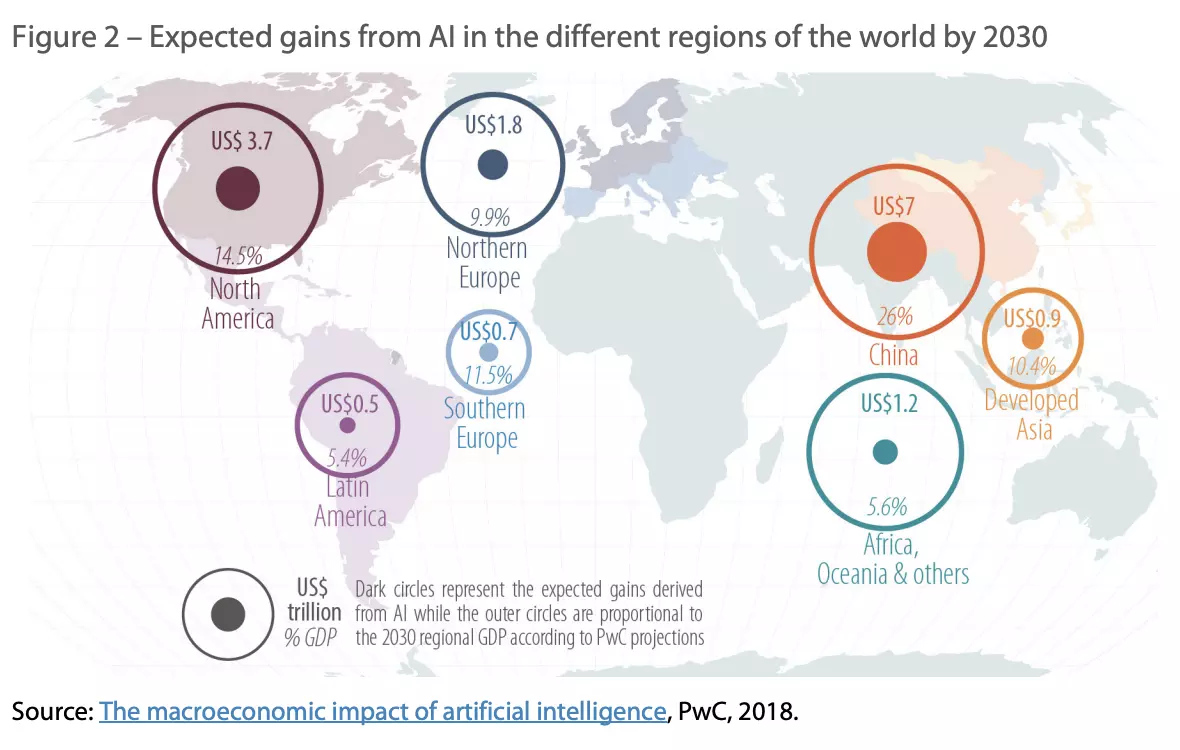
Although the benefits will be felt globally, North America and China are expected to gain the most from AI technology. It is likely to take more time for China to feel the full effect of AI, but this effect will eventually occur in the country's huge manufacturing sector and then move up the value chain into more sophisticated and high-tech-driven manufacturing and commerce. Europe will also experience significant economic gains from AI, while developing countries are likely to record more modest increases due to lower rates of adoption of AI technologies.
Artificial superintelligence has significant potential to boost economic growth and productivity, but at the same time it creates equally serious risks of job market polarisation, rising inequality, structural unemployment and emergence of new undesirable industrial structures.
It will definitely increase global economic activity. But widening gaps among countries, companies, and workers will need to be managed to maximize the benefits.
The impact of artificial superintelligence might not be linear but could build up at an accelerating pace over time. Its contribution to growth might be three or more times higher by 2030 than it is over the next five years. An S-curve pattern of adoption and absorption of AI is likely—a slow start due to the substantial costs and investment associated with learning and deploying these technologies, then an acceleration driven by the cumulative effect of competition and an improvement in complementary capabilities alongside process innovations.
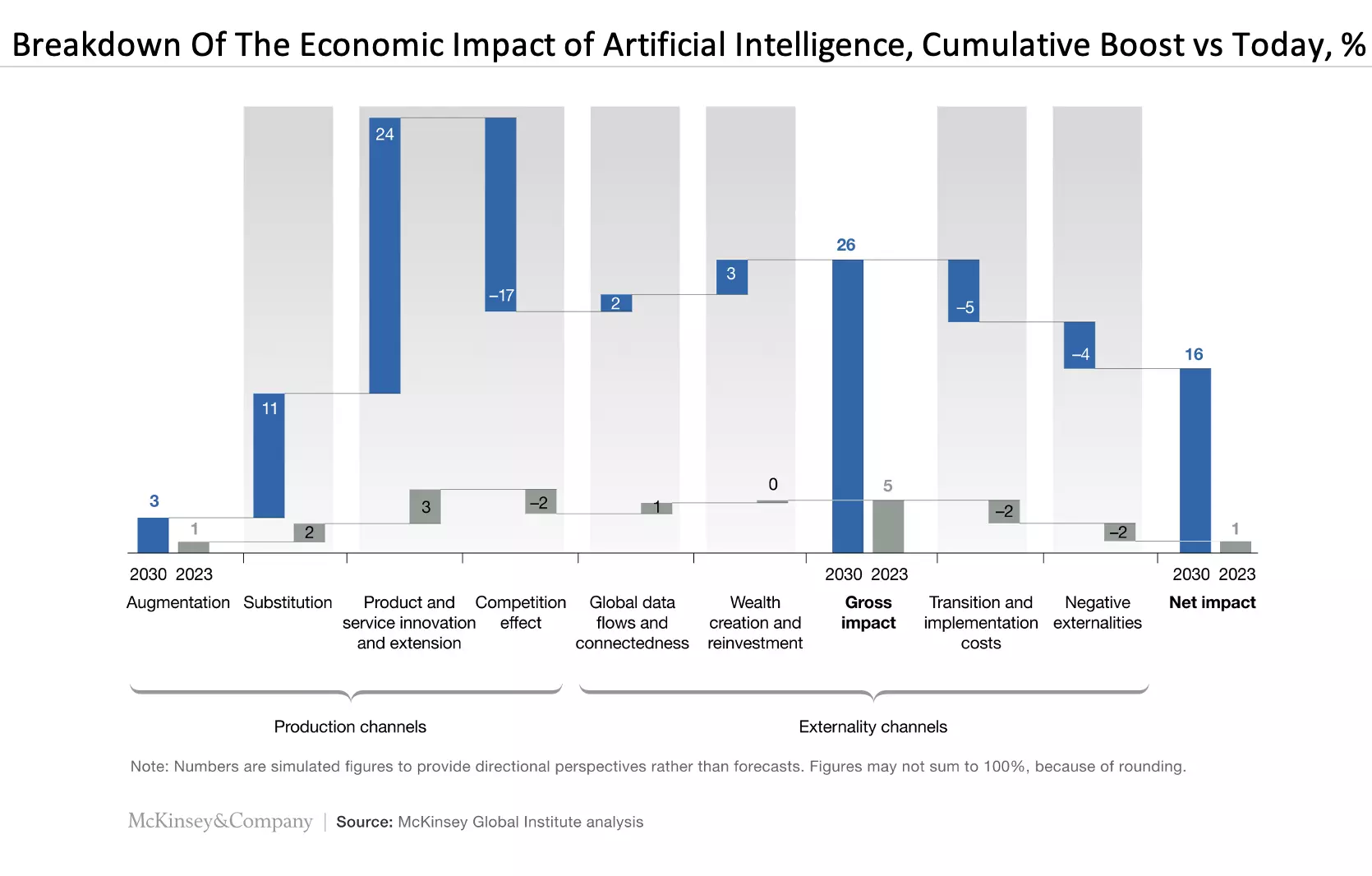
The artificial superintelligence revolution is still in its infancy, but most of its economic impact is yet to come.
Tesla and SpaceX founder Elon Musk, sending the human race to Mars, believes that to avoid becoming redundant in the face of the development of artificial superintelligence, humans must merge with machines to enhance our own intellect, by using his Neuralink’s AI chips.
A tipping point could be reached around the year 2030, a cybernetic union between humans and genuinely intelligent computers and AI systems.
The resulting human-machine super-minds will become free to explore both physical and digital universe, uploading themselves at will onto a “suitably powerful computational substrate”.
Artificial superintelligence won't make the economy grow indefinitely. The disruptive effects of artificial super intelligence will influence wages, income distribution and economic inequality. Rising demand for high-skilled workers capable of using super artificial intelligence could push their wages up, while many others may face a wage squeeze or unemployment. This could affect even mid-skilled workers, whose wages may be pushed down by the fact that high-skill workers are not only more productive than them thanks to the use of artificial super intelligence, but are also able to complete more tasks. The changes in demand for labour could therefore worsen overall income distribution by affecting overall wages. Although Al can deliver a boost to economic activity, the benefits are likely to be uneven.
Leave your comments
Post comment as a guest